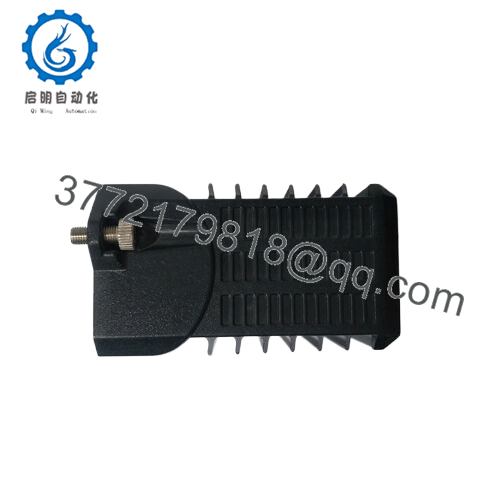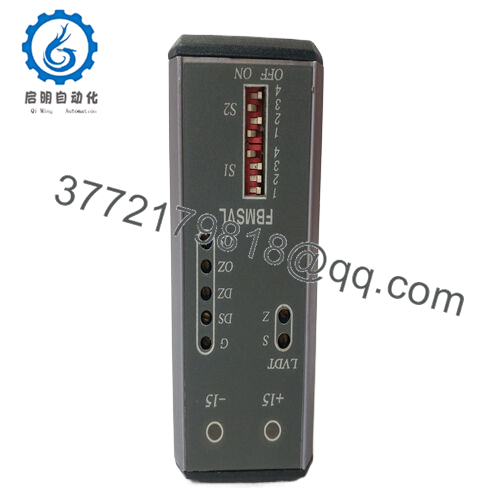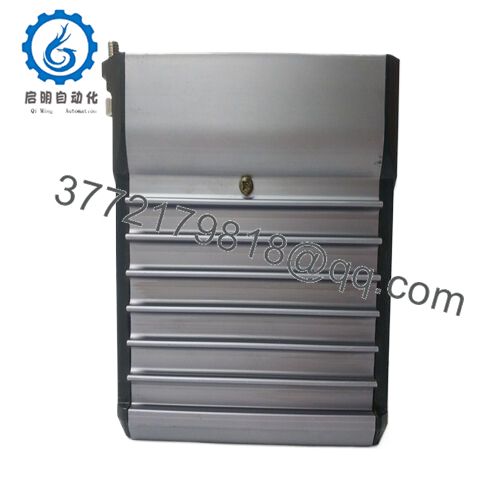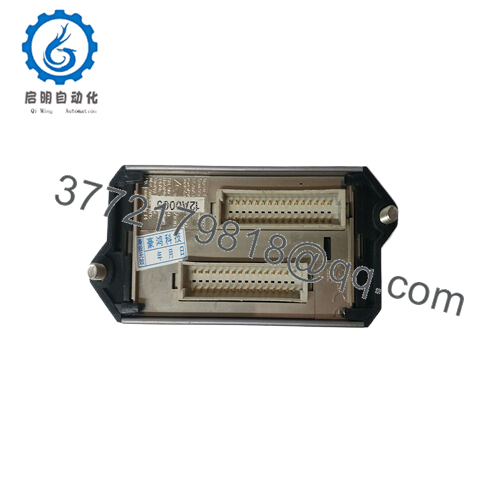Description
The Foxboro FBMSVL is a specialized Fieldbus Module designed for integration within the Foxboro I/A Series distributed control system (DCS). It supports FOUNDATION Fieldbus H1 protocol communications, facilitating seamless, reliable digital communication between field devices such as sensors and actuators and the control system. This module plays a key role in modern industrial automation environments where precise, real-time data exchange is critical—systems include chemical plants, power generation facilities, water treatment plants, and other process industries that require high-integrity control signals and system diagnostics.
The FBMSVL enables efficient device-level communication via the FOUNDATION Fieldbus standard, which supports multi-drop wiring and power on the same cable, reducing installation complexity and cost. It is designed to work with Foxboro’s modular control architecture, allowing simplified expansion of fieldbus-connected devices while maintaining robust network integrity. This module focuses on delivering high performance with reduced noise and interference, featuring galvanic isolation and comprehensive diagnostic capabilities to support proactive system health management. Installation flexibility is supported through its compact form factor suited for standard Foxboro baseplates within control cabinets.
- FBMSVL
- FBMSVL
The module supports short to medium distance communication over shielded twisted-pair cable with characteristic impedance matching and termination assemblies to optimize signal quality. Its operation typically includes LED indication for status and diagnostic feedback, assisting maintenance and troubleshooting teams in early fault detection and network performance monitoring. The FBMSVL is engineered to tolerate harsh industrial conditions with compliance to ISA Class G3 environmental standards, ensuring durability and reliable fieldbus communications under tough conditions.
| Parameter | Value |
|---|---|
| Model | Foxboro FBMSVL |
| Brand | Foxboro |
| Product Type | FOUNDATION Fieldbus Communication Module |
| Protocol | FOUNDATION Fieldbus H1 |
| Communication Medium | Shielded twisted pair wiring |
| Network Topology Support | Multi-drop |
| Isolation | Galvanic isolation |
| Diagnostic Features | LED status indicators, built-in diagnostics |
| Environmental Rating | ISA Class G3 (harsh industrial) |
| Mounting | Standard Foxboro baseplate |
| Cable Length Support | Up to 1000 meters (typical, varies with installation) |
| Dimensions | Compact, baseplate mountable |
| Certifications | EMC compliant, RoHS compliant |
Related Modules or Compatible Units
Foxboro FBM201 – Analog input Fieldbus module compatible with FBMSVL communications.
Foxboro FBM228 – Fieldbus power conditioning and interface module for FOUNDATION Fieldbus segments.
Foxboro FCP270 – Field Control Processor working with FBMSVL as network communication interface.
Foxboro FCM10E – Communication interface module supporting extended network integration.
Foxboro FBM230 P0926GU – Serial communication Fieldbus system integrator complementing FBMSVL.
Foxboro FBM247 – Universal I/O module for diverse sensor and actuator types.
Foxboro P0916RB – Twinaxial termination assembly used in Fieldbus cabling with FBMSVL.
Installation Notes & Maintenance Best Practices
Install the Foxboro FBMSVL on a Foxboro baseplate with proper grounding and shielding of fieldbus cables to reduce electromagnetic interference and ensure optimal signal quality. The baseplate should be mounted in a control cabinet environment compliant with ISA Class G3 standards to protect against significant contamination and vibration. Termination assemblies and impedance-matched cabling are required for maintaining signal integrity along Fieldbus segments. Adequate clearance for heat dissipation is recommended during equipment layout planning.
Routine maintenance involves monitoring module status indicators for communication health and error conditions, supplemented by diagnostic software tools to analyze device-level performance. Visual inspections to ensure clean, secure cable connections and absence of environmental damage support sustained module reliability. Firmware and configuration updates should be applied when available to maintain compatibility and enhance diagnostic features. Keeping replacement modules on hand enables faster recovery in the event of hardware faults.





 WhatsApp: +86 16626708626
WhatsApp: +86 16626708626 Email:
Email:  Phone: +86 16626708626
Phone: +86 16626708626


